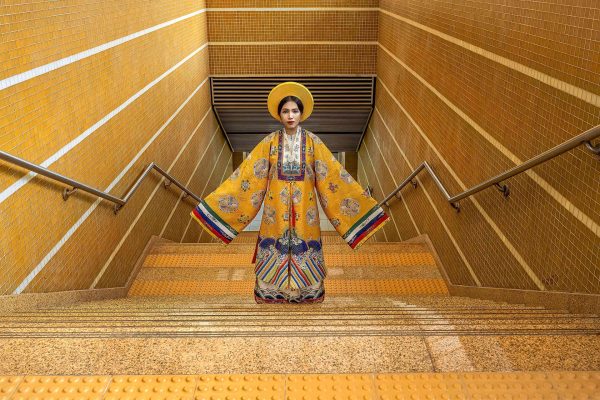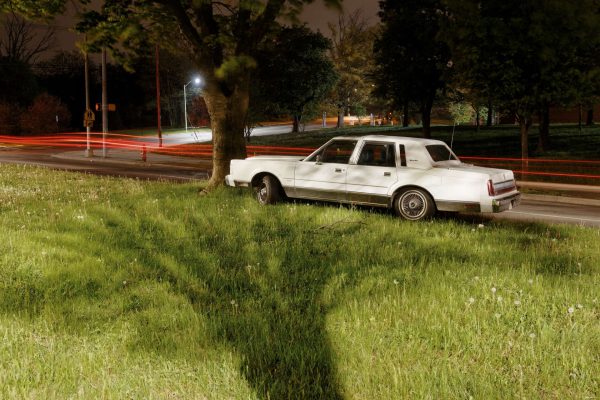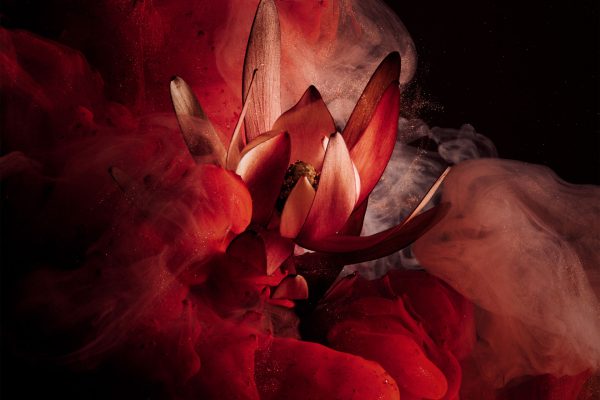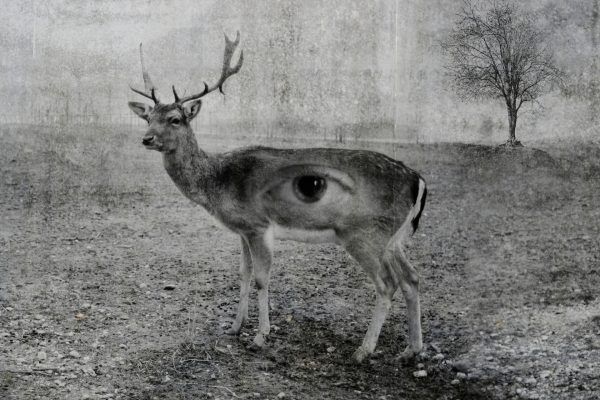Photographer Mickey Strider shot the rodeo in Brawley, California.
Mickey Strider shot this series of images at the annual Brawley Cattle Call rodeo. The city is a desert community in the Imperial Valley in southern California and has hosted this event since the 1950s. He has always been drawn to the rodeo and the mythology surrounding the cowboy, and as a 10-year-old growing up in Baltimore, his grandfather had a horse which he taught Mickey how to ride. The die was cast and as Mickey grew into adulthood, he moved from the Eastern seaboard and spent 10 years living on the West coast of the United States, where he says, “it felt more pioneering – open spaces, freedom, the ability to find yourself.” The East coast now feels almost claustrophobic to him in comparison. To Mickey, the rodeo embodies this sense of freedom, this yearning to chafe against the boundaries of modern society and escape into a traditional way of life.




























